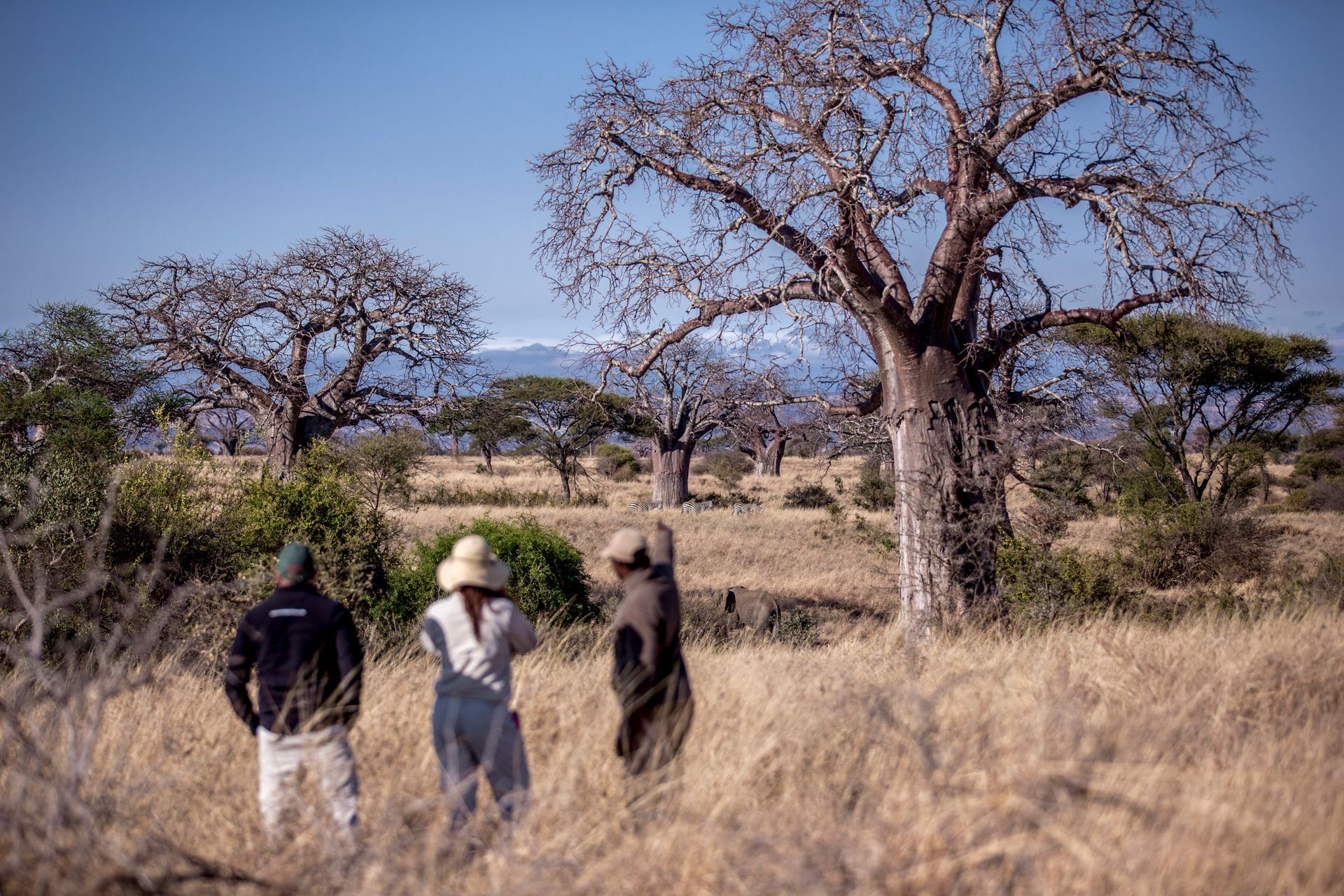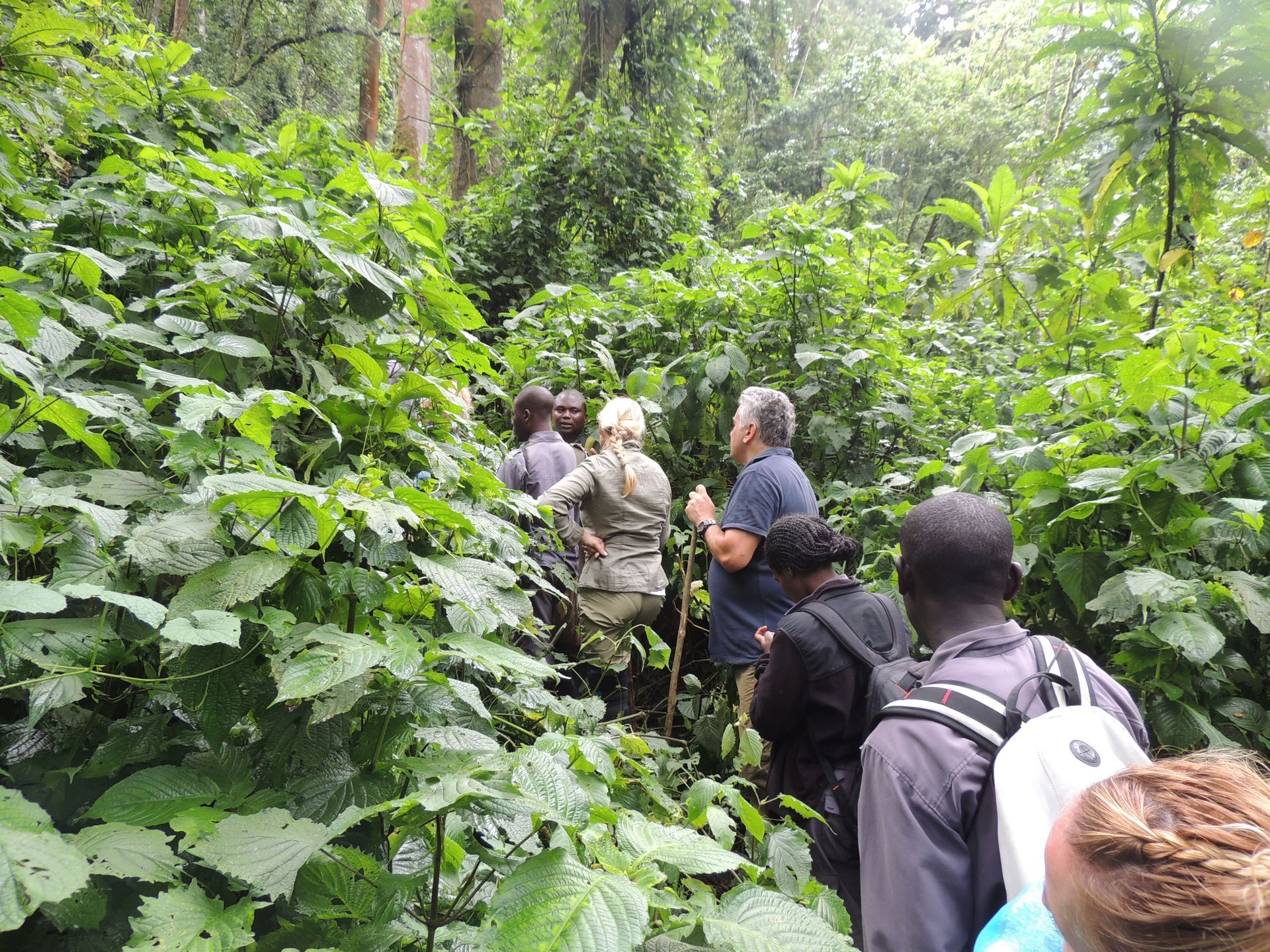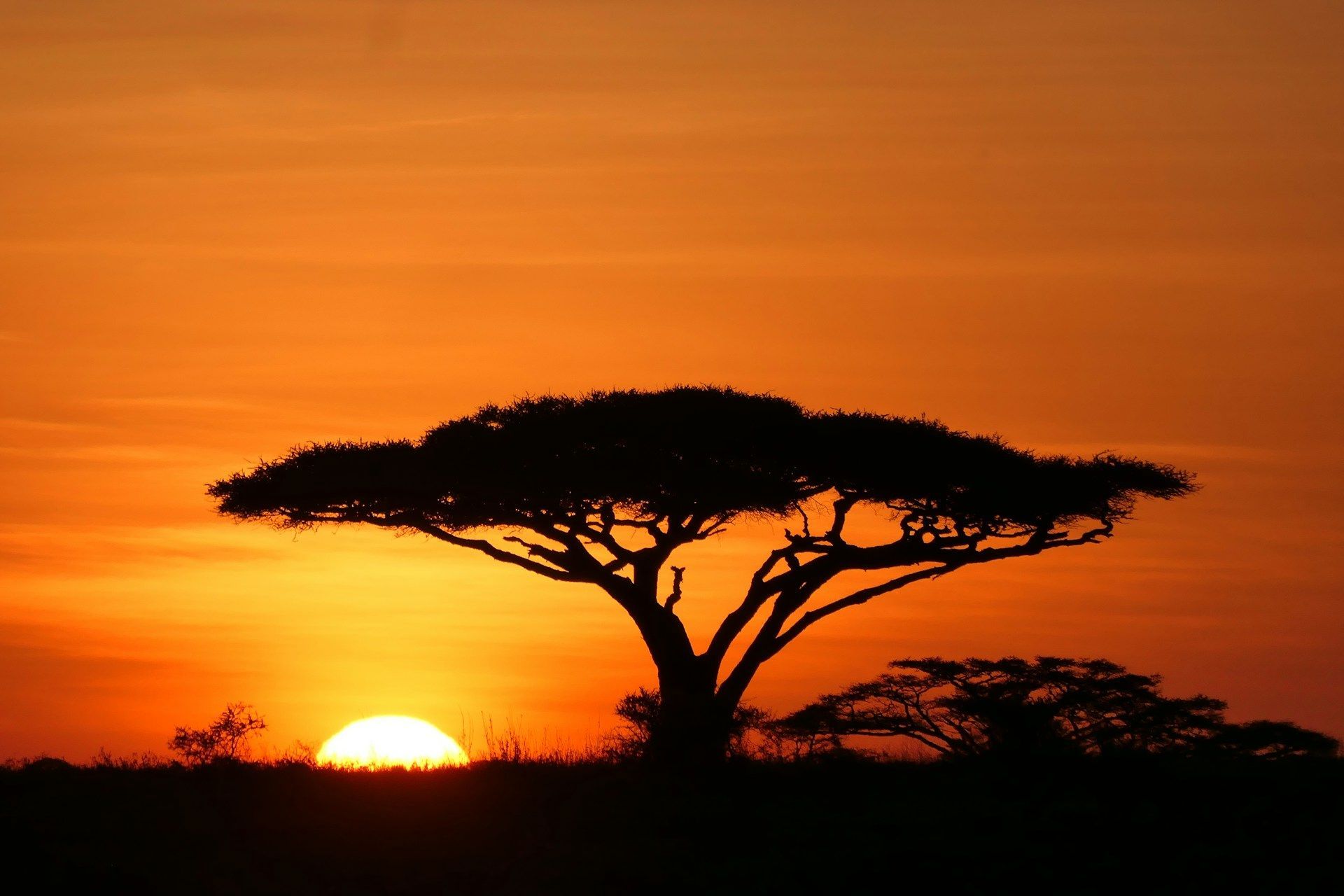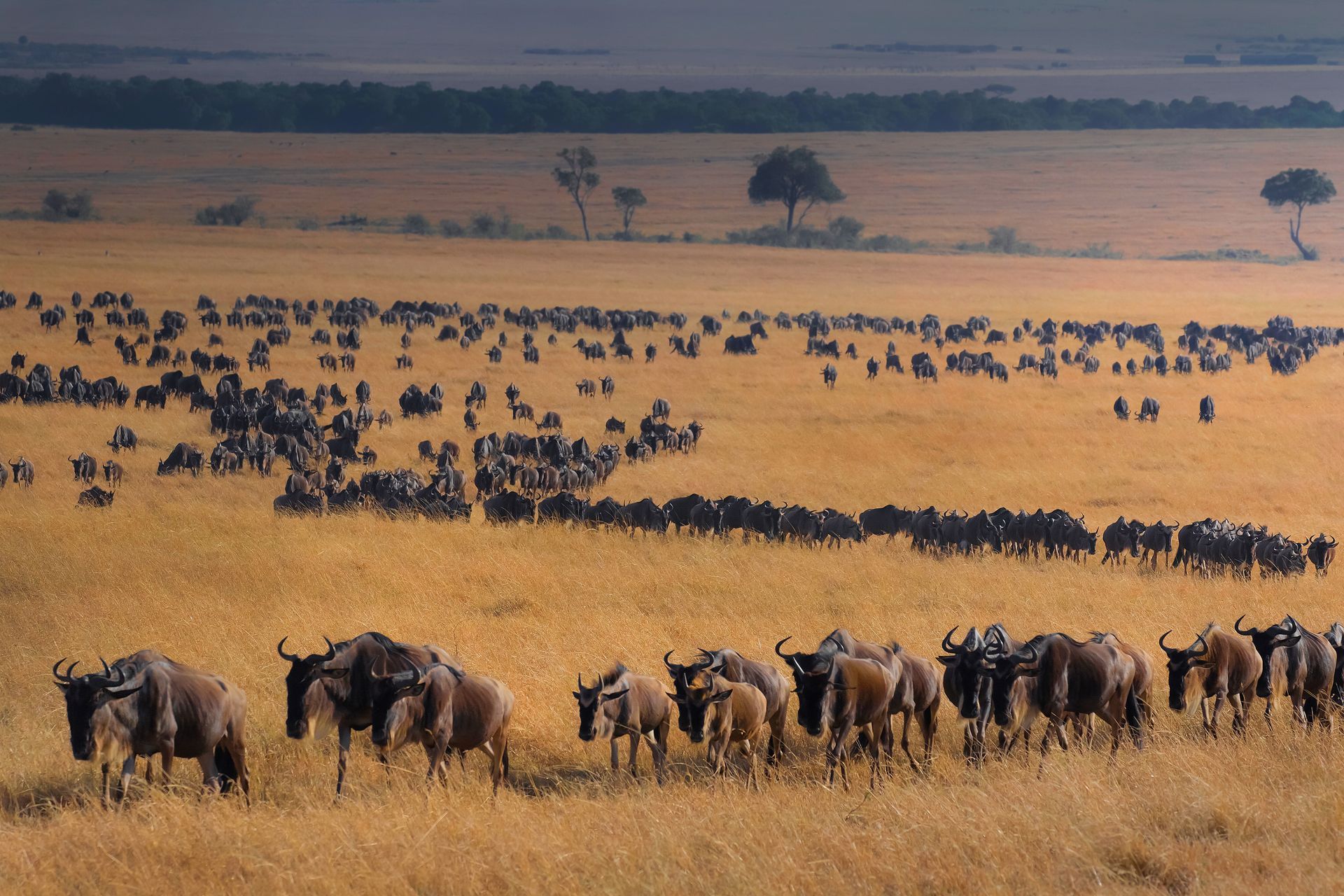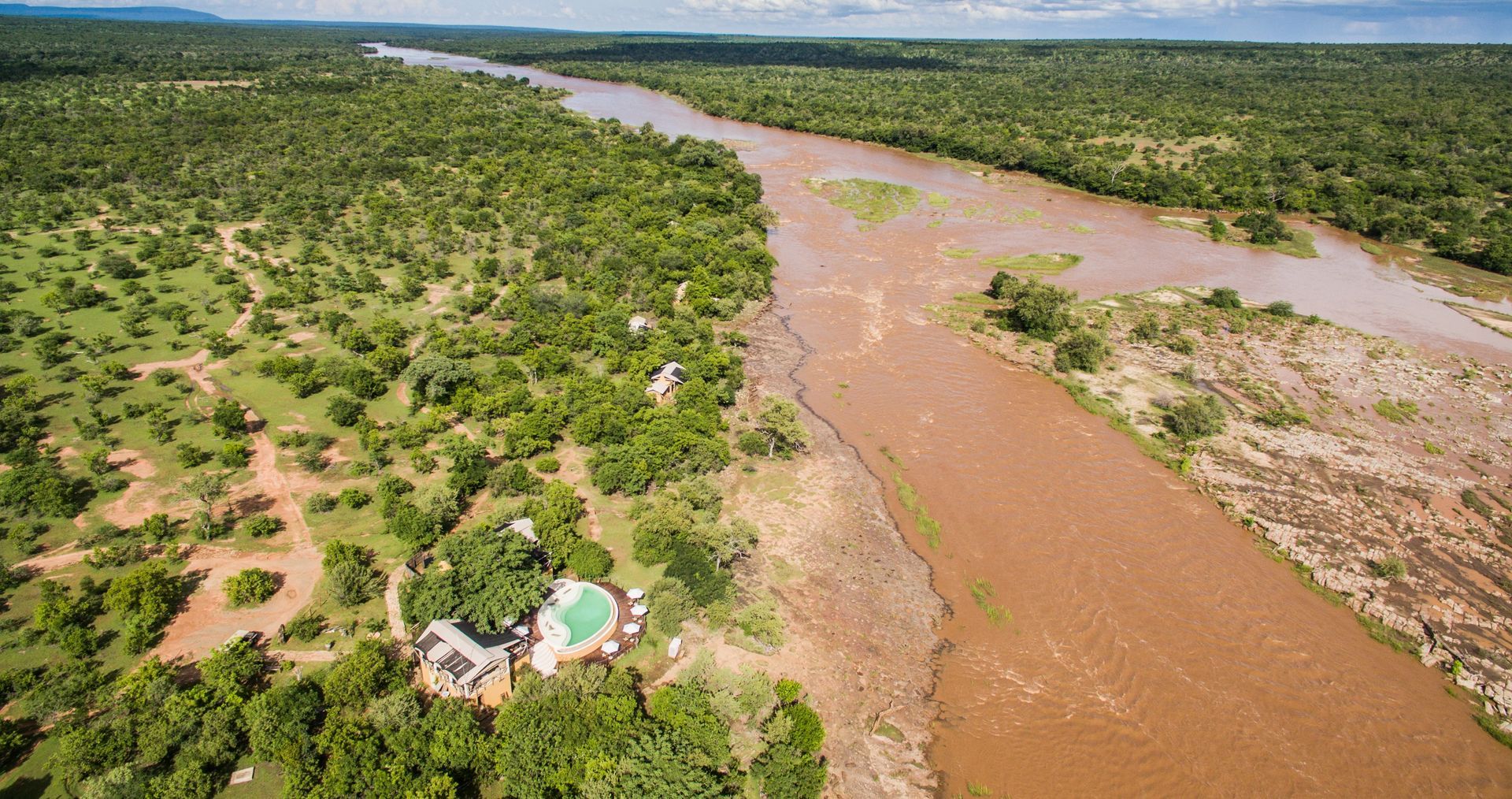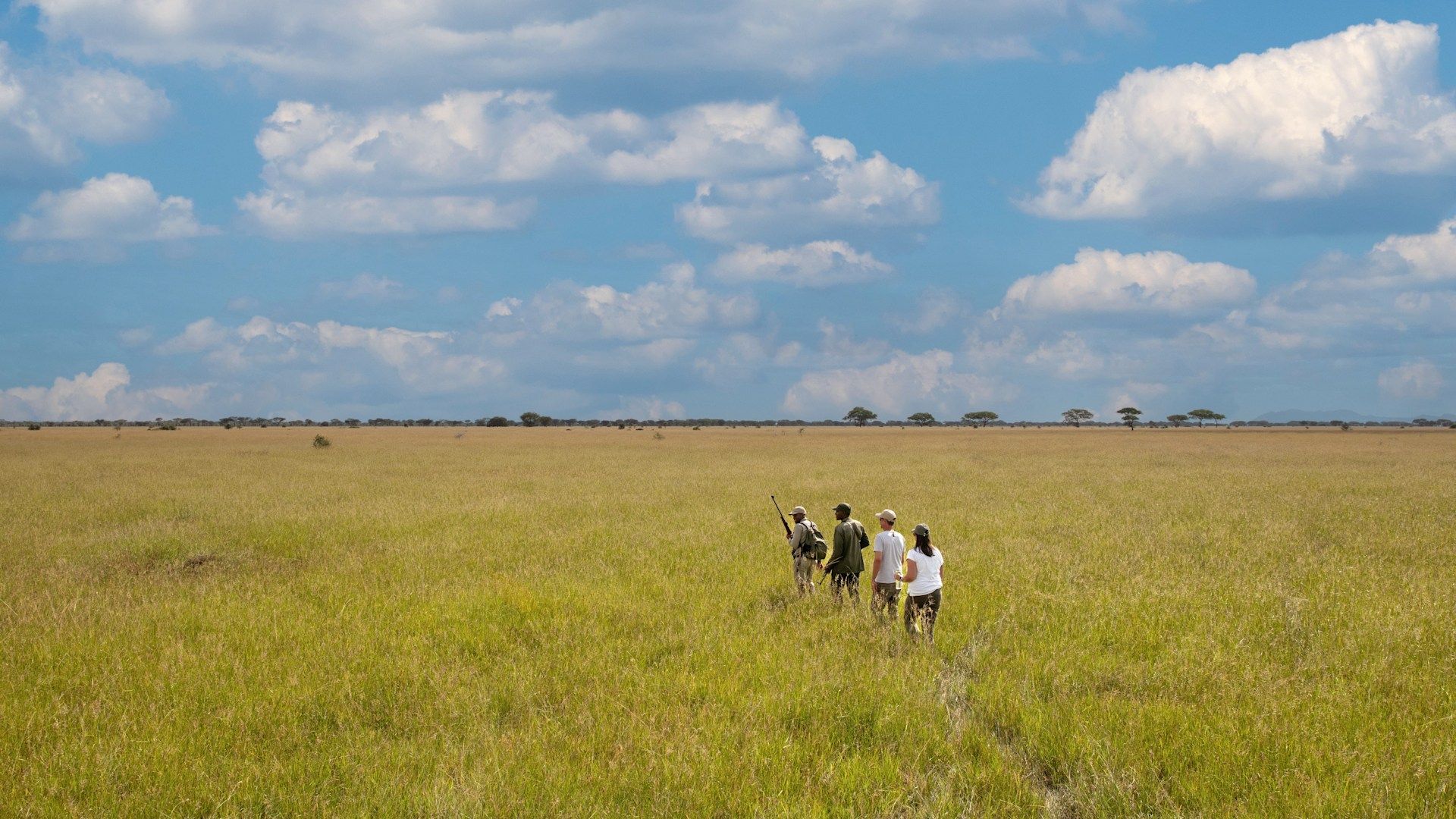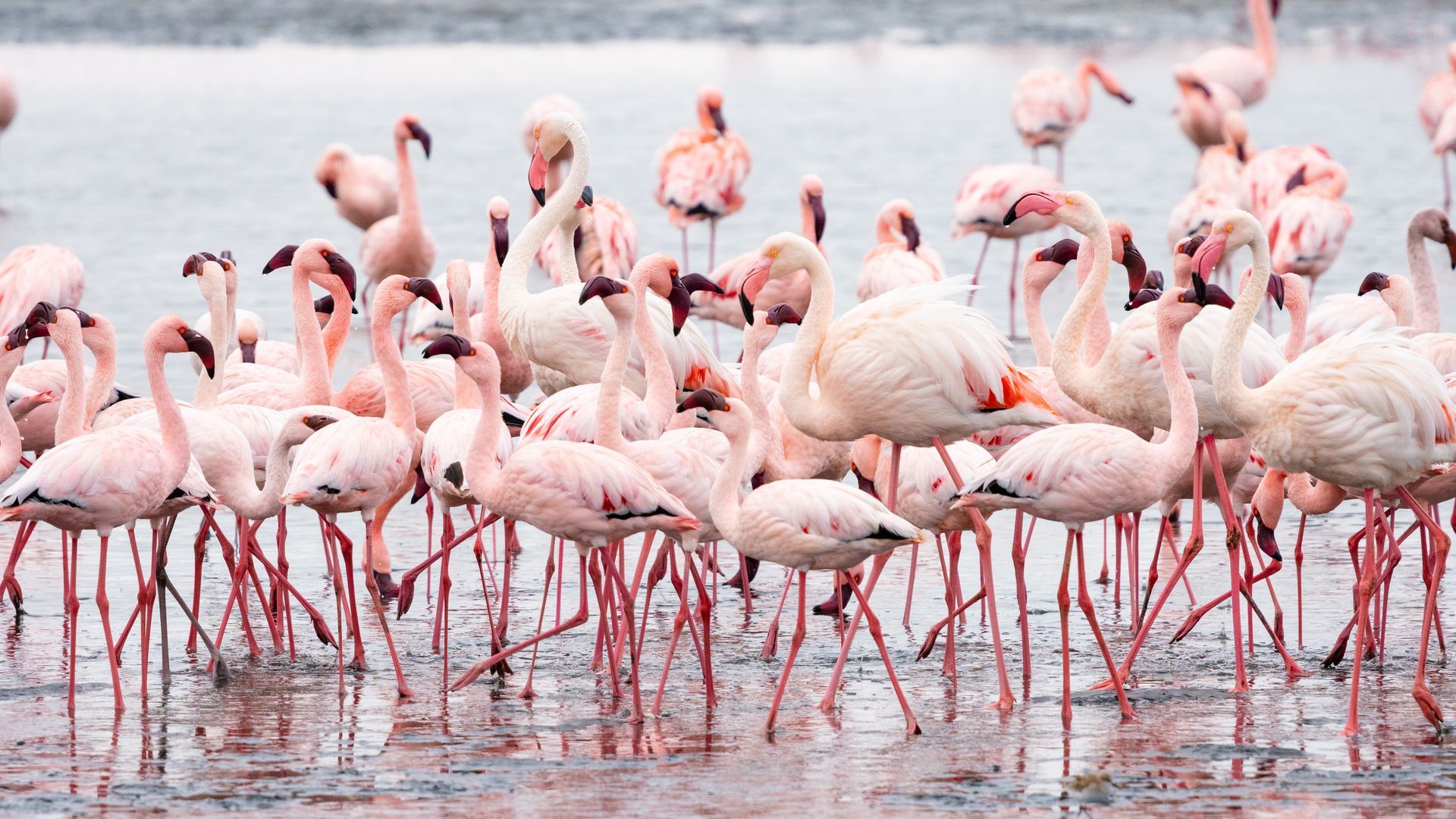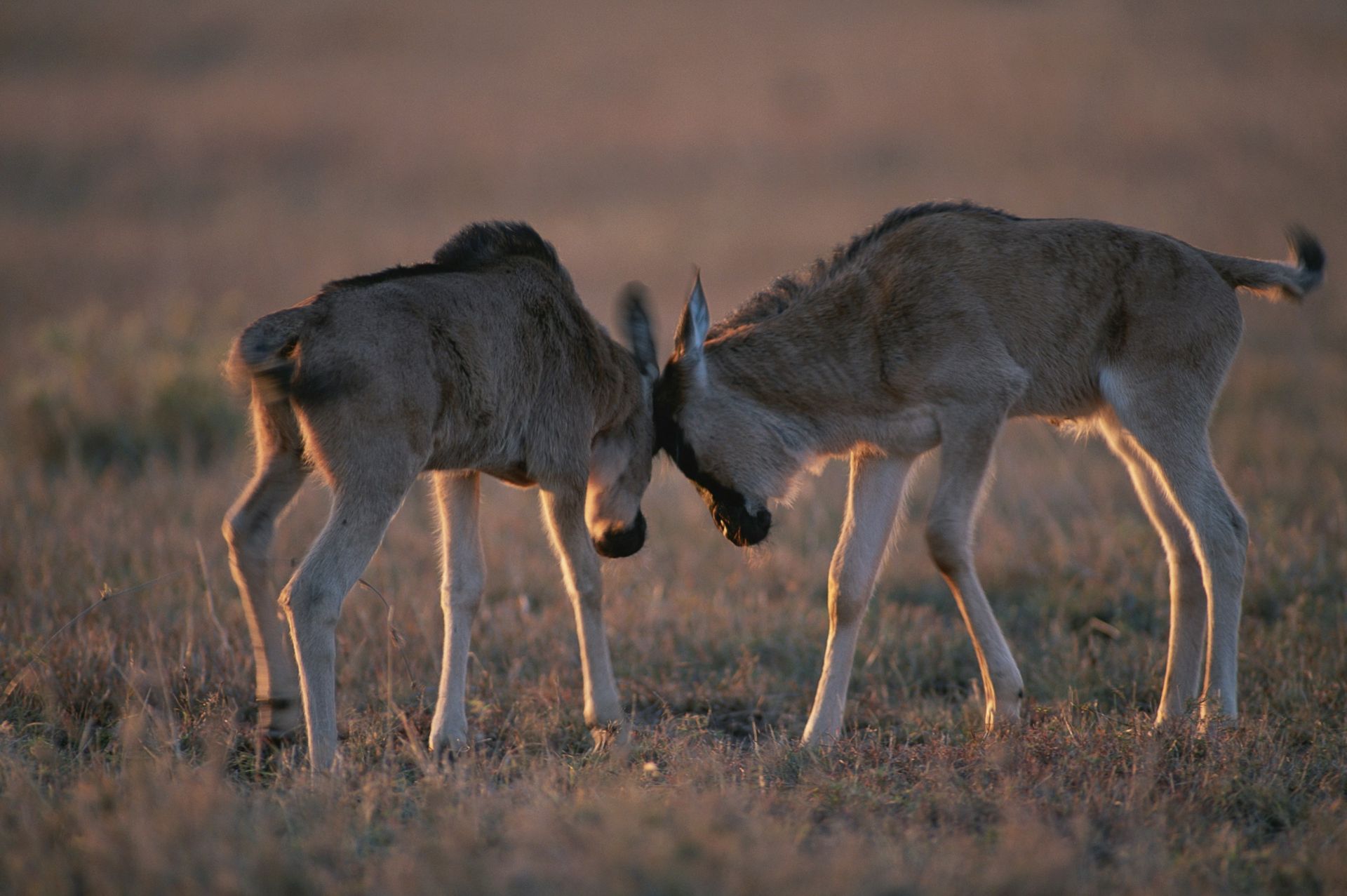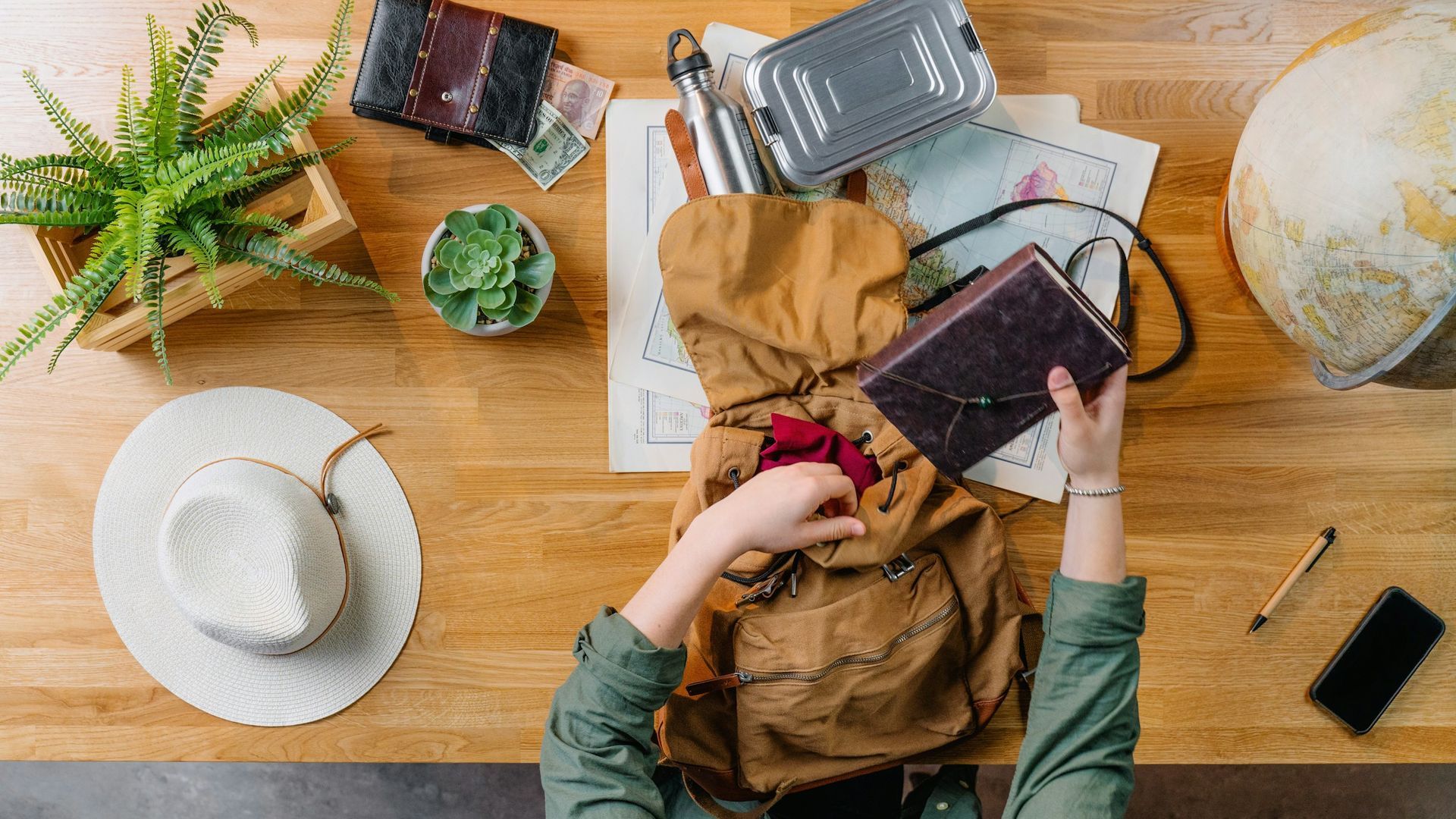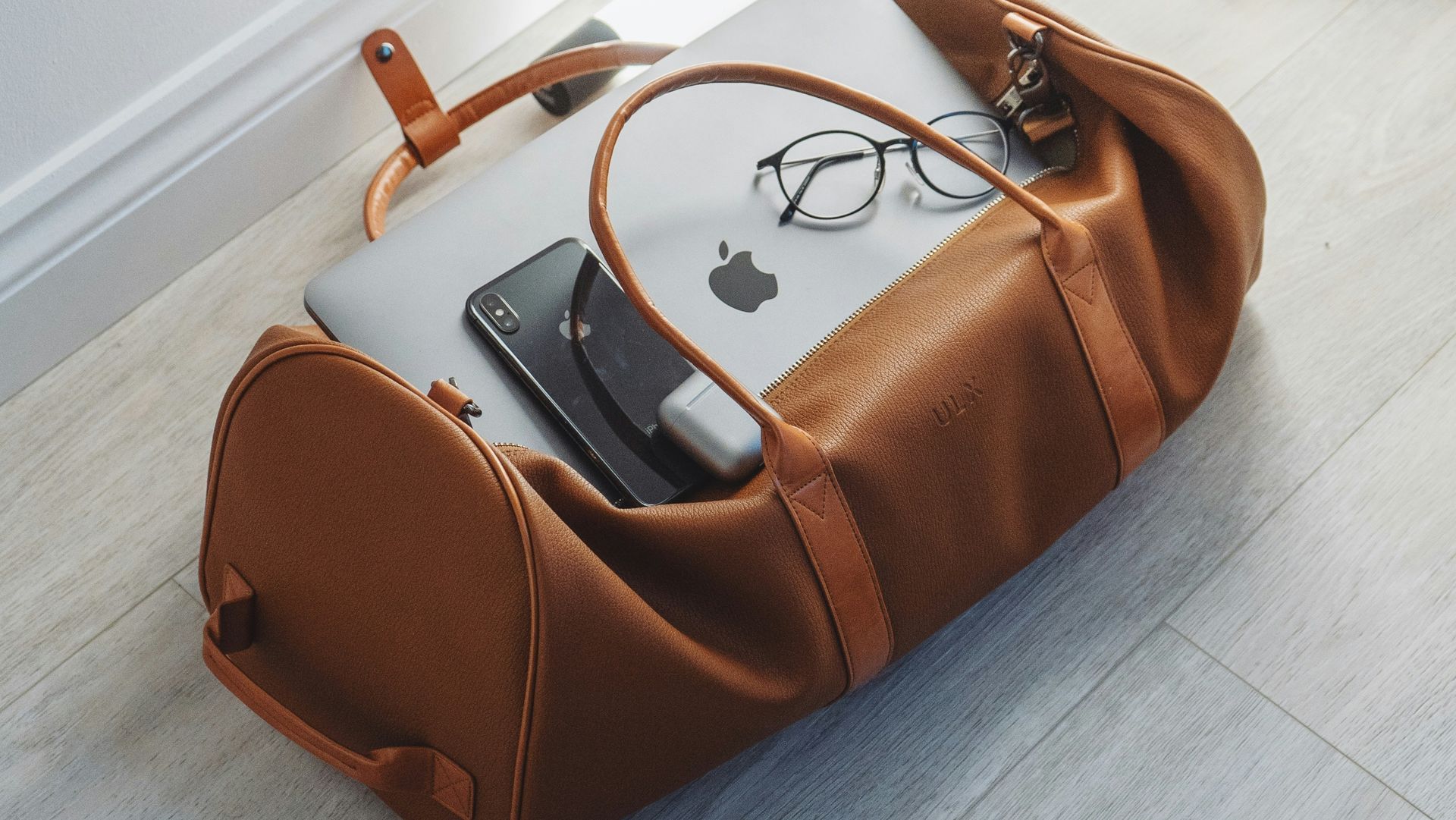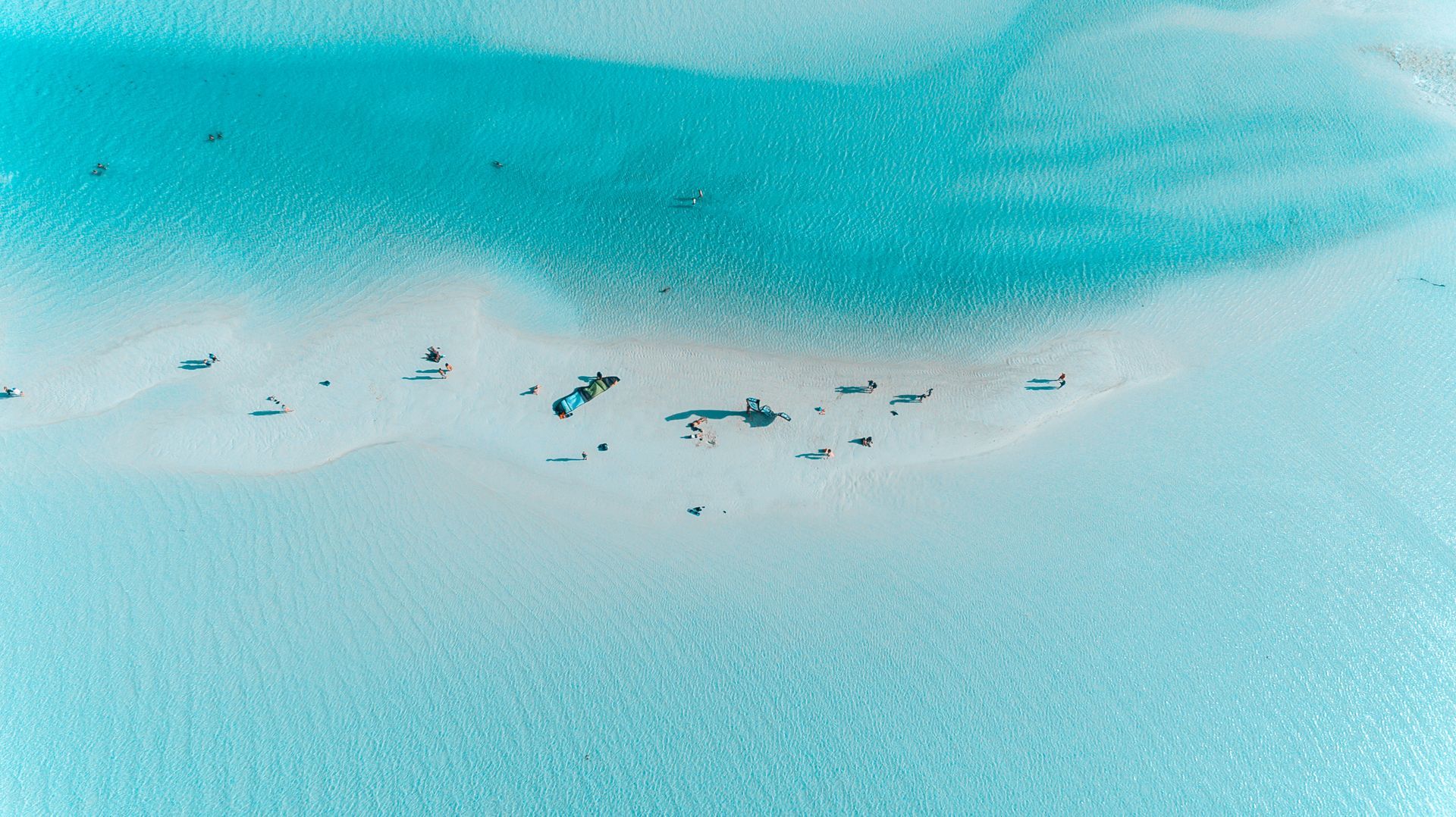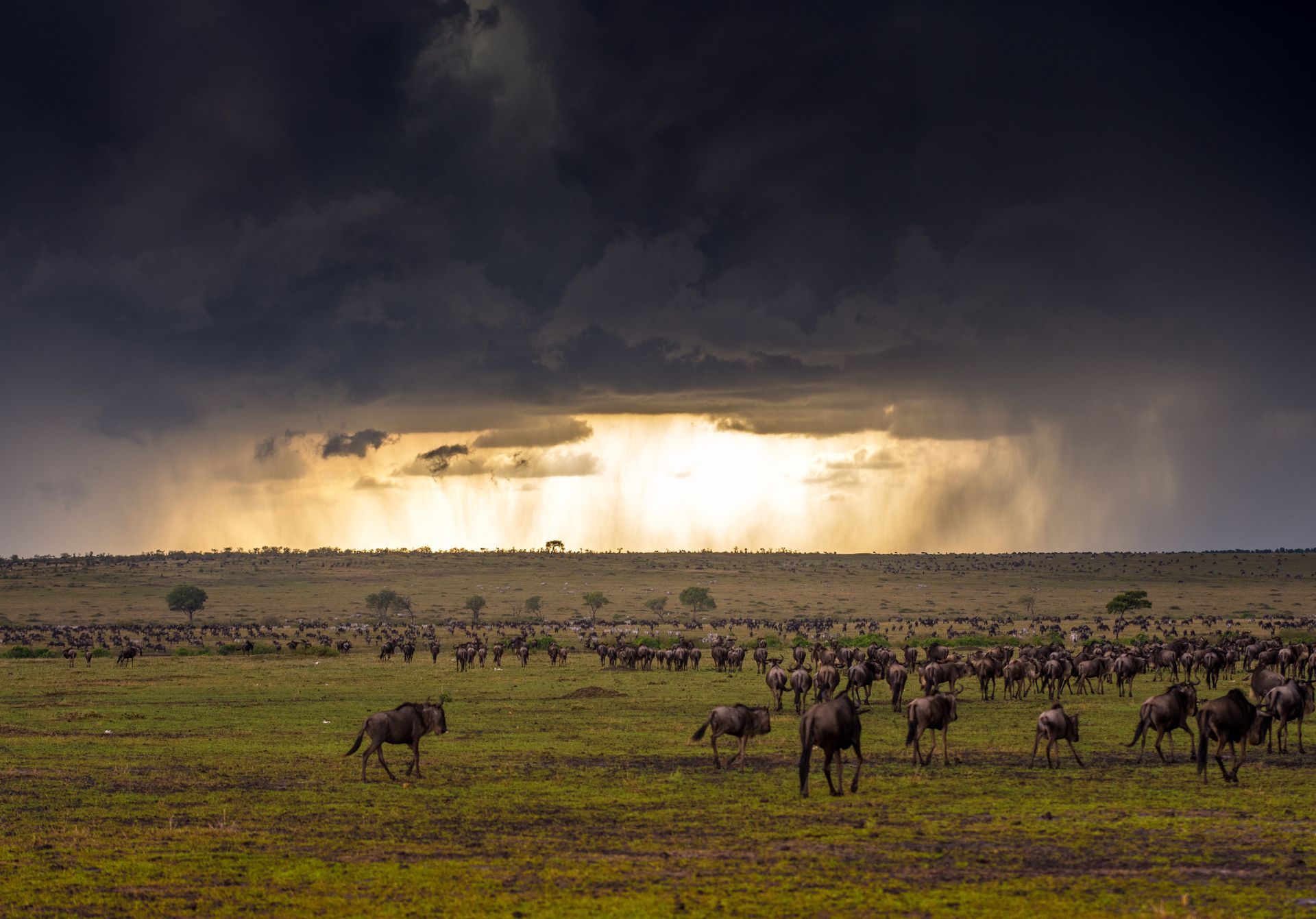The ultimate safari packing guide
What your guests need to bring and what they should leave behind
An East African safari is an adventure like no other, and being well-prepared can make all the difference to your guests. From the thrill of spotting big game to the serenity of a stunning sunset, a safari in East Africa can be a life-changing experience. However, packing for a safari can be challenging, especially if your guests have not been to Africa before. Here's an in-depth guide to ensure they're ready for every moment without overpacking!
CLOTHES
Clothing Essentials
On safari, comfort, practicality, and the right colours are key. The climate can vary greatly from chilly mornings to sweltering afternoons, so it's important to pack layers. Of course, climate depends on the time of year your guests are travelling, and also the altitude of the destinations they will be visiting - generally speaking, higher altitudes lead to cooler temperatures, so check with us for clarification and more in-depth information!
Neutral-coloured clothing
Your guests should stick to muted tones like khaki, olive, beige, brown and light greys. Bright colours can attract insects and stand out to wildlife. Camo print is an absolute no-no as it can be associated with the military. Black and dark blue can also be an issue as they attract tsetse flies - large, biting flies that deliver a very itchy bite! So, blending in with the Earth tones of Africa is highly recommended!
Lightweight, loose, breathable fabrics
Opting for moisture-wicking, quick-dry fabrics is a must for your guests. Safari days are long, and they'll be exposed to a lot of sun. Lightweight cotton or performance blends will help keep them cool. They should steer clear of tight-fitting clothing unless there is an element of stretch involved, as they will be sitting a lot - either in our fleet of luxury safari vehicles or on open safari vehicles at the camps and lodges they stay in. So, ease of movement and comfort is paramount.
Long vs short
Long-sleeved shirts and trousers do offer protection against the sun, some biting insects and thorny bushes. We do recommend styles with roll-up sleeves and zip-off legs for versatility. But... Going long can be on the warm side, so there's nothing wrong with a selection of short-sleeved tees, shorts and cargo pants. A combination of both is best.
Warm layers for early mornings and evenings
Temperatures can drop dramatically at dawn and dusk, and the wind chill on an open safari vehicle can be quite drastic, so your guests need to be prepared. A fleece or lightweight jacket is essential, and a scarf or buff can provide extra warmth. The key to staying at the ideal temperature is layers - adding and subtracting them as required.
Waterproof jacket
If your guests are travelling during the rainy season or to destinations with unpredictable weather, a lightweight, packable waterproof jacket is a must. Most safari lodges and camps provide waterproof ponchos on open safari vehicles, but it's always best to have your own wet wear on hand, as well as covers for camera bags and day packs.
A good sun hat
To protect your guests' face and neck from the harsh sun they will need a hat with a decent brim all the way around. While baseball caps offer a good shield for the face, they do not provide cover for the back of the neck. So, if a baseball cap is preferred, it should be paired with a lightweight scarf to protect exposed skin. A chin strap can be useful when you're on open vehicles where wind can be an issue.
Scarf or buff
These are not only useful for warmth on chilly mornings, but also to protect against dust and sun on game drives.
Sturdy walking shoes or boots
If your guests are doing walking safaris or bush walks, a good pair of broken-in walking or hiking boots is ideal. For general game drives, comfortable trainers or sturdy sandals with a good, strong sole are sufficient. Your guests should remember that morning and afternoon game drives include stops for refreshments during which they will be getting off the vehicle and stepping down into the wilderness! So flimsy footwear is not an option!
Sandals, slip-ons or flip-flops
These are a must for wearing around camp in between activities, and are great for transfers between destinations in our fleet of luxury safari vehicles.
Swimwear
East Africa's climate is equatorial, verging on tropical which means swimming is an option all year-round. Most of the camps and lodges we work with have pools, so do ask your guests to bring their swimming costumes with them. Pool towels are invariably provided.
PACKING TIPS
Wash and wear
Safari camps often provide laundry services, so your guests don’t need to pack too many outfits. Three sets of safari clothes are usually plenty, especially with the ability to wash and dry items. Encourage a mix and match approach to selecting clothing, with spare sets just in case.
Be prepared
It's always a good idea for your guests to pack a clean set of clothing and bare essentials in carry-on bags so that in the unlikely event baggage is delayed by an airline, your guests have a change of clothes and emergency supplies on hand.
Pack light
Most safari flights have strict baggage limits, often around 15kg per person in soft-sided bags. Your guests need to avoid hard suitcases as they are difficult to fit into small planes. Duffel bags are a great option and come in a range of styles and brands. The ones without wheels are lighter and easier to handle. A good tip is to roll clothes for efficient use of space, or opt for packing cubes which are highly recommended, especially for longer itineraries with lots of packing and unpacking required.
Luggage restrictions
If your guests are going to be flying on small charter planes, luggage size and weight restrictions will be much tighter than on international flights. Check with us ahead of time for the relevant restrictions so these can be passed to your guests in good time ahead of their departure.
ACCESSORIES
A few well-chosen accessories can make a big difference to your comfort and experience on safari. Here's our recommended list for your guests:
Polarised sunglasses with UV protection
The African sun is harsh, and protecting your eyes is essential. Polarised lenses can help reduce glare during game drives and are highly recommended. We also suggest bringing a spare pair just in case!
Binoculars
A good pair of binoculars enhances your guests' safari experience, allowing them to spot wildlife in detail, especially at a distance. A pair with 8x or 10x magnification is ideal for general wildlife viewing and birding.
Camera gear
Whether your guests are keen amateur photographers or just want to capture memories, a camera is a must. A DSLR with a good zoom lens (at least 300mm) is ideal for wildlife. Extra batteries, memory cards, and a dustproof bag are essentials. For those guests who take their photography seriously, a monopod or tripod are useful, as are beanbags.
A good day pack
Your guests will want a lightweight day pack to carry essentials such as sunscreen, camera gear, and water, as well as valuables. Those with padded shoulder straps and multiple compartments are ideal.
Water bottle
All of your guests will receive branded insulated water bottles on arrival as part of our white-labelled meet and greet service. This will ensure they stay hydrated throughout their stay.
Toiletries and health essentials
Safari camps and lodges will provide basic toiletries like soap, shampoo and moisturising lotion, but it’s wise for your guests to carry their own to ensure they have what they need.
Sunscreen (SPF 30 or higher)
The African sun is relentless, even on cloudy days. Ensure your guests have sunscreen that offers broad-spectrum protection.
Insect repellent
A DEET-based, stick-style insect repellent is recommended to protect against mosquitoes, particularly in areas where malaria is present.
Lip balm with SPF
Dry lips are common due to the sun and wind exposure, so an SPF lip balm is a good idea.
Moisturiser
Skin can get dry due to exposure to wind and sun. A good hydrating moisturiser for both face and body is essential.
Basic first aid kit
It's a good idea for your guests to include items like plasters, antiseptic wipes, painkillers, anti-diarrhoea tablets, and antihistamines in their luggage. Even though our luxury vehicles and all safari lodges and camps have first aid kits, it’s useful to have your own for small scrapes or minor ailments.
Prescription medications
Make sure your guests bring enough of any prescription medications for the duration of their trip and keep them in their original packaging. A copy of the prescription is also recommended. We do recommend them bringing a wide-spectrum antibiotic for just in case, as in remote areas it's hard to get medicine.
Malaria prophylaxis
Some safari regions in East Africa are malaria zones, so guests should consult with their doctor about anti-malarial medications and ensure their vaccinations are up to date. Yellow fever vaccination and certificates are recommended.
Money
Your guests won’t need a lot of cash while on safari, as most camps operate on a full-board basis, but it is a good idea to have some US Dollars and a credit card for personal purchases and emergencies.
Passport and visas
Please double-check entry requirements for the country your guests are visiting and ensure their passports are valid for at least six months beyond their travel date and have at least two clear facing pages.
Travel insurance
Comprehensive travel insurance that covers medical emergencies, evacuations, and cancellations is essential for safaris.
Tech and gadgets
Your guests should expect to be off-grid during their safari, but a few tech items can enhance their experience, such as a smartphone, tablet and/or e-reader. We do encourage guests to do a digital detox where possible on their safari, even where there is wifi available.
Power bank & universal travel adaptor
Charging outlets can be limited in remote lodges, so a power bank can help to keep your guests' devices charged. Ensure your guests bring a universal power adaptor to ensure charging is effortless.
WHAT TO LEAVE AT HOME
While it will be tempting for your guests to overpack, there are some items they can definitely leave at home...
Expensive jewellery
A safari is a casual affair. Expensive necklaces and jewellery are unnecessary and can draw unwanted attention. The rule of thumb is to keep it simple.
Hair dryers and stylers
Most lodges and camps discourage the use of high-powered electronics like hair dryers due to limited electricity. So, your guests should leave them at home. Likewise, straighteners and curlers can be problematic and should be left behind.
High heels and formal wear
Safari lodges are relaxed, and your guests will spend most of their time in comfortable, practical clothing. There is no need for high heeled shoes and formal dress. Again, they should keep things simple.
Handbags/purses
Again, your guests should keep things simple. A handbag is not going to be required on safari and should rather be left at home in favour of a day pack that can house essential, everyday items. The fewer things they need to carry and transport, the better.
Make-up
Ladies should be forewarned that wearing excessive make-up on safari can be bad for their skin and impractical thanks to the heat and dust of the African wilderness. Heat and perspiration are not friends of things like mascara, eye-liner, thick foundation and lipstick. It is best to go "au naturel" and treat faces with lots of moisturiser and nourishing protection.
RELAX AND ENJOY!
By packing wisely, your guests will be well-prepared to fully immerse themselves in the wonders of the African wilderness and will be able to relax and enjoy their trip. The key is to balance practicality with comfort, ensuring they have everything they need without being weighed down by unnecessary items. A well-packed bag can be the difference between a stressful trip and an unforgettable safari adventure!
